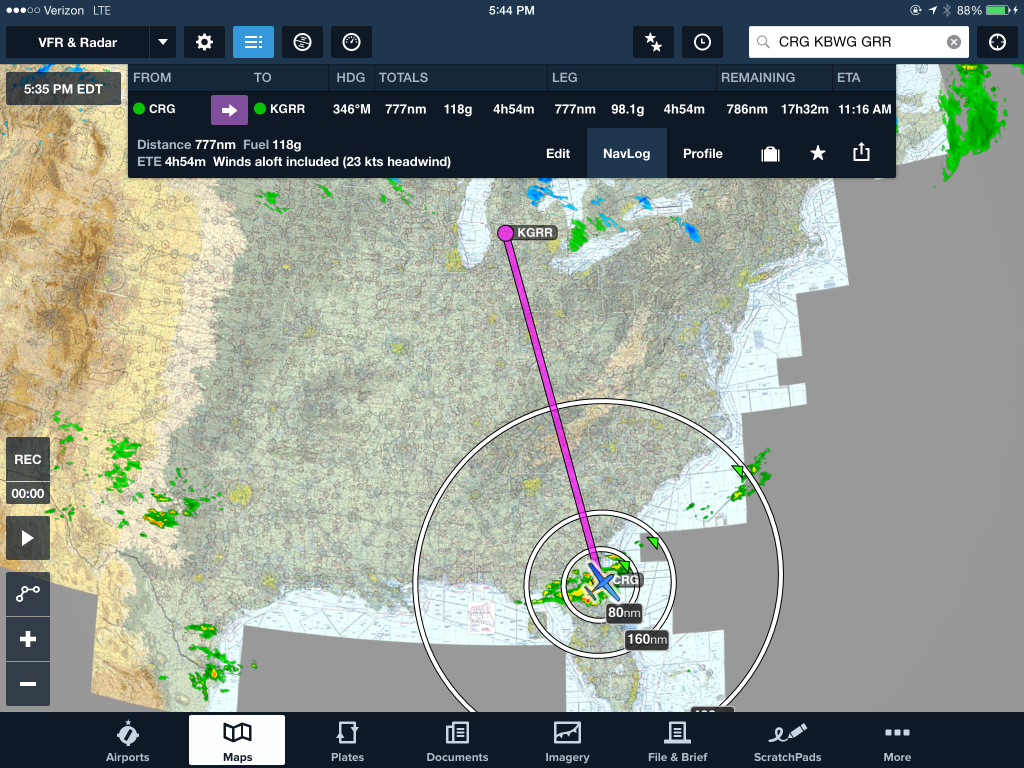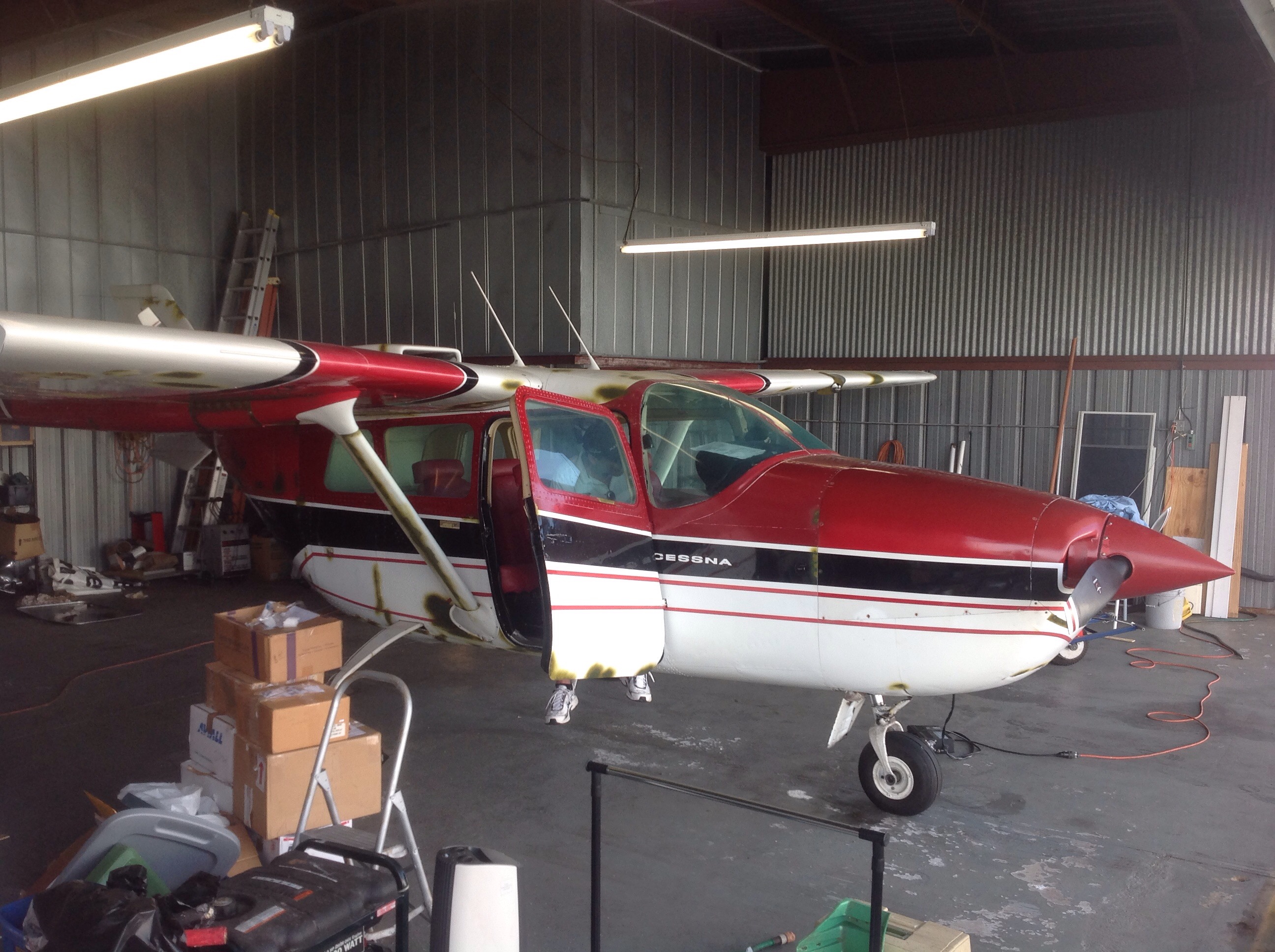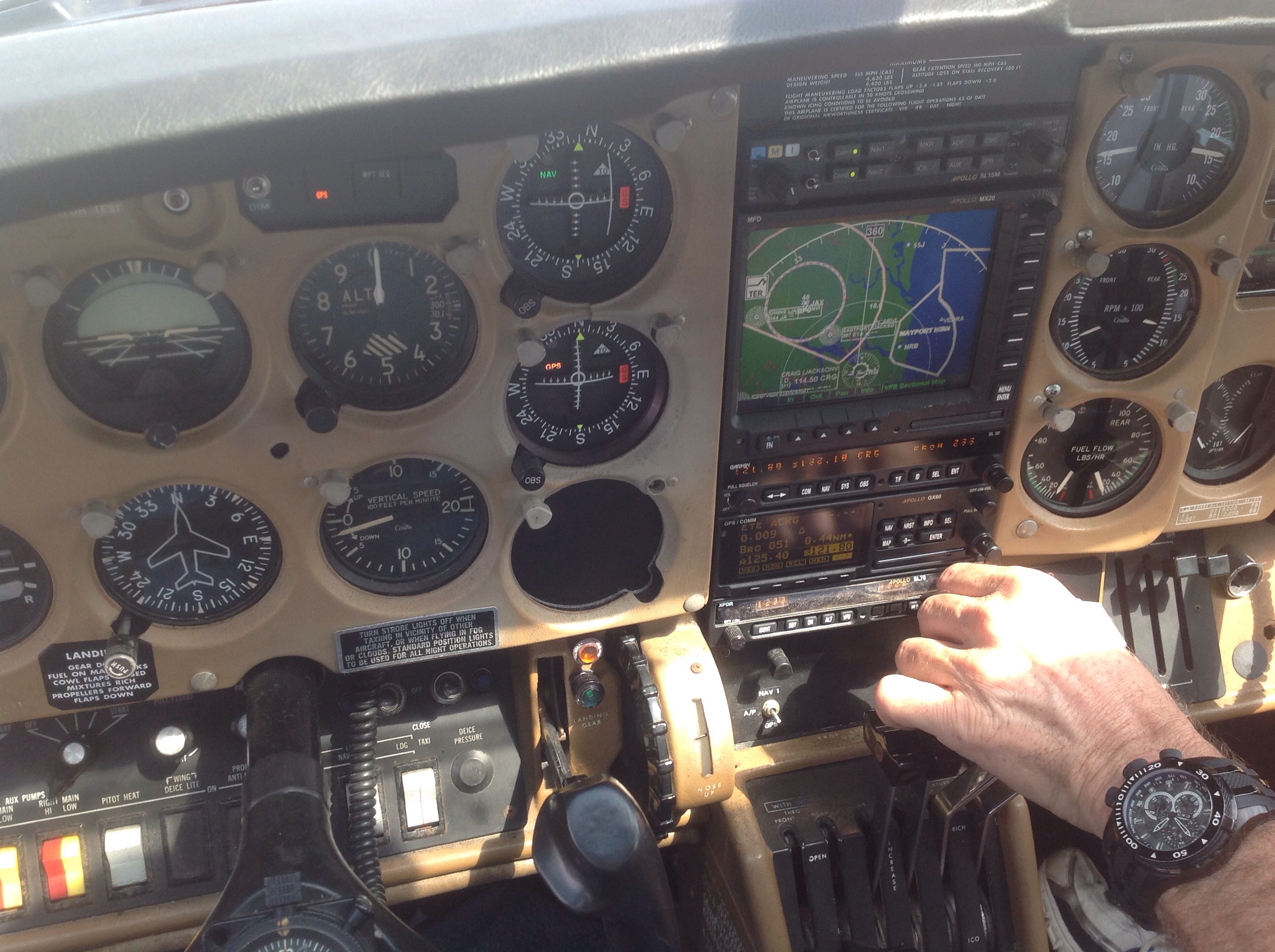Ever find yourself flying en route on a long leg and start wondering if those storms you were watching before you left had moved at all? How about if the ceilings had come up enough that you could plan for a visual approach instead of an ILS or worse, if they have gone down since your brief to a point that you may need to consider going to your alternate airport?
While many of us fly using onboard satellite or ADS-B weather sources, we don’t always have them with, or we may find our signal unreliable or a battery dead, or just want to get another opinion.
It is still possible to get a weather update while you are flying en route using your VHF radio to contact either Flight Service or Flight Watch.
With both services, a pilot is able to contact a live person whose job is to continuously monitor aviation weather. These insights and their continued attention to local conditions can provide valuable insights on trends, current observations, and the forecasted conditions across a route of flight. Both services can provide full weather and NOTAM information just like a telephone briefer on the ground, just in the air using VHF radio communications.
Flight Watch (also referred to as En Route Flight Advisory Service) is available on 122.0.
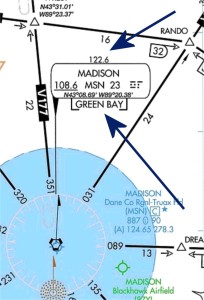
 Contacting Flight Service can take a little more work to find the correct frequency. A pilot can find flight service frequencies on nearby VOR identification boxes on IFR en route charts. Note that if a frequency is listed and it does not have a “R” after it, it means that the frequency is “duplex” and the pilot can talk and receive communications with Flight Service. See the example to the right at Madison where the frequency you would use in that area is 122.6. If, like in the example by Janesville, there is a “R” after the frequency, it means that a pilot would transmit on that frequency to Flight Service, but would have to listen for a reply from Flight Service over the VOR frequency. In this case, the pilot would transmit on 122.1 and listen over the VOR frequency of 114.3. In both instances you will be able to determine which flight service station you are talking to by looking to the name that is below the VOR identification box, in these examples it would be “Green Bay Flight Service.”
Contacting Flight Service can take a little more work to find the correct frequency. A pilot can find flight service frequencies on nearby VOR identification boxes on IFR en route charts. Note that if a frequency is listed and it does not have a “R” after it, it means that the frequency is “duplex” and the pilot can talk and receive communications with Flight Service. See the example to the right at Madison where the frequency you would use in that area is 122.6. If, like in the example by Janesville, there is a “R” after the frequency, it means that a pilot would transmit on that frequency to Flight Service, but would have to listen for a reply from Flight Service over the VOR frequency. In this case, the pilot would transmit on 122.1 and listen over the VOR frequency of 114.3. In both instances you will be able to determine which flight service station you are talking to by looking to the name that is below the VOR identification box, in these examples it would be “Green Bay Flight Service.”
While both of these services will be able to provide similar information, there are a couple small differences. The biggest is that Flight Watch is always available on frequency 122.0, but may not be available unless the pilot is above 5000’ MSL and it is only available between 6am and 10pm while the frequencies for Flight Service are regional and change across a route, but may be available at a lower altitude and are available 24 hours a day.
While new technology adds to our in flight data sources, sometimes, the old way is also just as good. It’s a good idea for pilots to remain familiar with these options and keep their skills sharp in case they need to access information using this method of contacting either Flight Service of Flight Watch for en route weather updates.
For more information about Flight Watch and Flight Service a good place to start is a review of AIM 7-1-5 which covers En Route Flight Advisory Service.

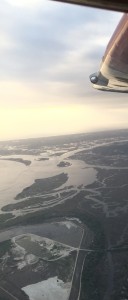
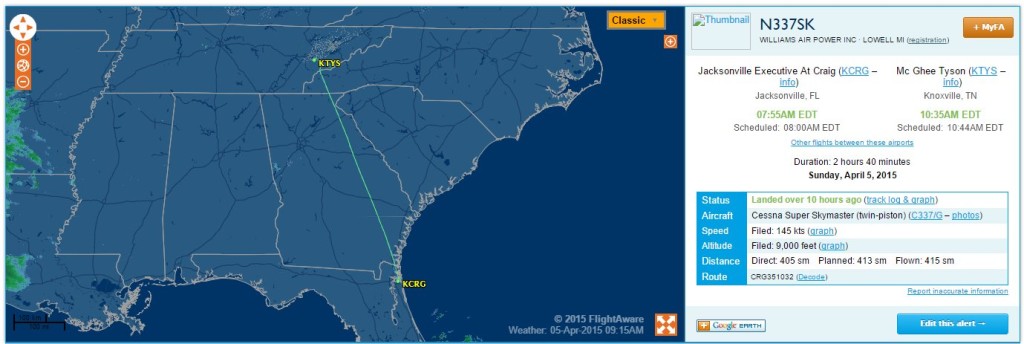

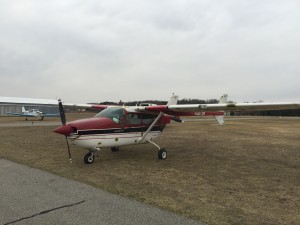
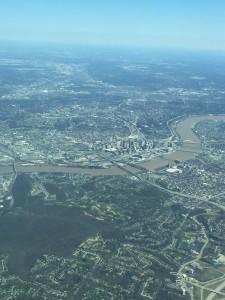

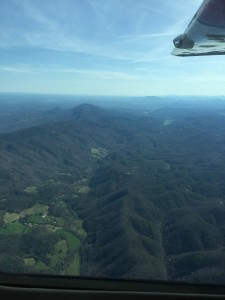
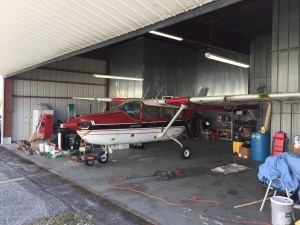
 Then when I got to Jacksonville, I went to the plane, packed all the boxes that go with it of logbooks, extra seats, etc., and then repositioned the aircraft out of the previous owners hangar to an FBO that will be able to pick me up in the morning from a new hotel room in Jacksonville for the night to leave as soon as I can in the morning.
Then when I got to Jacksonville, I went to the plane, packed all the boxes that go with it of logbooks, extra seats, etc., and then repositioned the aircraft out of the previous owners hangar to an FBO that will be able to pick me up in the morning from a new hotel room in Jacksonville for the night to leave as soon as I can in the morning.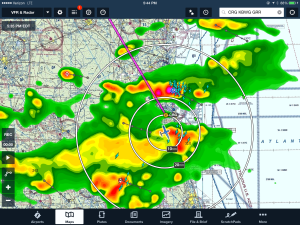 Next time I’ll trust my gut about taking my bags with me. Would have saved me at least 6 hours of travel today. Maybe instead of another night here I could have been on the way home already. That being said, it is entirely possible that no matter what I wouldn’t have been on the way fast enough to beat some of the weather that was in the area.
Next time I’ll trust my gut about taking my bags with me. Would have saved me at least 6 hours of travel today. Maybe instead of another night here I could have been on the way home already. That being said, it is entirely possible that no matter what I wouldn’t have been on the way fast enough to beat some of the weather that was in the area.